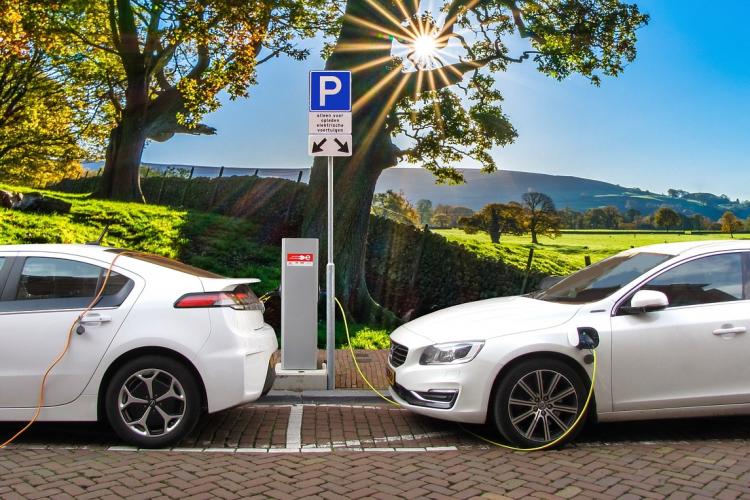
As awareness and usage of electric vehicles (EVs) grows across the U.S., Minnesota has taken a strong stance towards becoming an EV leader in the Midwest. With the recent adoption of its low-emission vehicle (LEV) and zero-emission vehicle (ZEV) standards, Minnesota is increasing access to EV options for purchase as well as attempting to reduce transportation emissions – its highest-emitting sector. The Clean Cars Minnesota movement started in 2019 and includes an aggressive goal of 20% EV penetration across the state by 2030.
MEEA’s summer policy intern, Hannah Morrey Brown, conducted analysis to determine the potential impacts on emissions, electricity demand and consumer cost that could come from 20% EV penetration. The first step was to project the potential amount of passenger vehicles on the road in 2030 and find the associated EV number – an estimated 777,307. Unfortunately, there are only 10,380 EVs registered in the state as of this past June, meaning Minnesota would need a nearly 7,400% increase in EVs over the next nine years to achieve its goal.
Effects of extreme temperatures on range, average number of days in Minnesota at extreme temperatures and assumptions on typical EV range and fuel consumption were used to estimate the per capita and statewide weekly and annual demands from charging. It was also assumed that all charging was one-way and performed exclusively at residences, and that per capita consumption patterns would only apply to EV owners utilizing additional electricity for charging.
Results for charging were compared against 2019 statewide values to determine impact – a 3.8% increase in per capita consumption (only for EV owners), a 2.4% increase in residential consumption and a 0.5% increase in total electricity consumption for the state. These values, while not insignificant, could be mitigated through targeted energy efficiency (EE) measures implemented over the next decade. The resulting emissions increase of 4.6% from 2019 values poses a greater challenge to overcome, although the associated emissions decrease from reduced gas-powered vehicles was not considered. Alternatively, fueling costs to consumers who selected an EV would be on average 67% less annually when comparing charging costs to gasoline prices in the state. Both this and the predicted emissions increase assume no significant change to Minnesota’s generation mix between now and 2030.
Recommendations for mitigating the increases in demand and emissions were anchored in various EE measures, chief among these increasing the state’s annual EE budget. It was estimated Minnesota could offset the entire increase from charging for approximately $49 million – a value it could likely add to its EE budget over the next decade. Similarly, including EV loads in future building codes offers design and engineering teams an opportunity to balance increases through EE options like HVAC, insulation and demand-response systems. This proactive approach is much more cost-effective than retrofitting buildings to accommodate the growing EV charging demand.
Incentivizing demand-reduction measures such as automatic off-peak charging, mandating two-way charging at all new stations and increasing smart meter usage are all additional steps the state could take to decrease the effects of EV charging as well as bolster usage of renewable sources. As the first Midwestern state to officially adopt LEV and ZEV standards, Minnesota is at the forefront of the EV revolution and has the chance to showcase best practices for mitigating impacts of this radical shift. Careful implementation of widespread EE measures could pave the way for widescale EV adoption and simultaneous achievement of the state’s emission reduction goals.